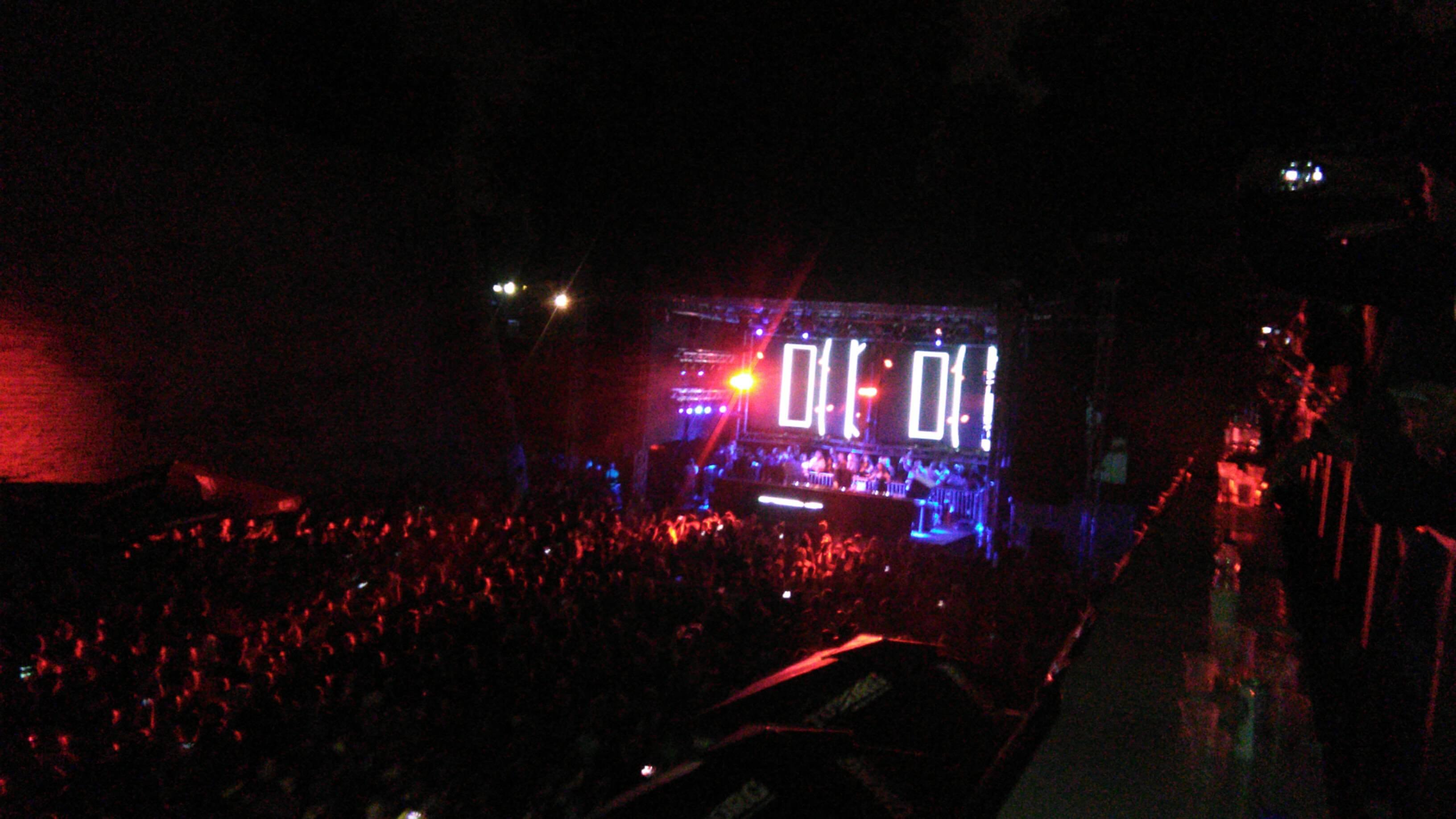The post-Yugoslav reality of Serbia is a nation at a cross-roads. We are determined to emerge from our recent history of war and repression into a future marked by economic and cultural development, but unable to deal with society’s most pressing issues.
The Serbian government maintain that hallucinogenic substances, such as LSD and magical mushrooms, are no longer used in Serbia. However, the prevalence and popularity of electronic music and Rave sub-cultures, which emphasize the almost ritualistic usage of psychedelics flies in the face of this assertion. The clash between an austere prohibitionist government and drug enthusiastic counter culture has led to more repressive policies that have pushed drug use further underground. The government points to data based on police seizures and drug induced hospital admissions to claim that their hardline approach is working, but field data shows a completely different picture.

The recreational use of stimulants has been recognized as extremely prevalent by both the Government and rave aficionados, but the profile of which stimulants are being used has morphed as a result of government crack downs. Once the most popular, Ecstasy or MDMA has once been replaced with Speed, the street name for amphetamine. Speed’s success has been the result of the existence of illegal laboratories operating out of Belgrade’s suburb. The immediate accessibility of the drug fueled in an increase in its use among young people. Today the drug has bled from the night club circuit into mainstream drug culture. Failure to recognize this as an important part of the common behavior of a large number of people, decision makers in Serbia, ignore a number of other problems.
Options such as “harm reduction” policies have not been pursued because of the unfair impression that they “allow” or “support” drug use.
The use of psychoactive substances among partygoers in Serbia is socially accepted in the partygoer/organiser circles. Clearly some cultural institution is prompting young people to take up a dangerous drug habit. Perhaps the explanation lies in the living conditions in Serbia, particularly in the end of the nineties and the turn of the century. After several wars and bombings young people, as well everybody else, were forced to find new ways to get rid of stress. Raves and underground events, for some, were an excellent way to do so, thanks to unlimited freedom of behavior combined with a sense of community belonging. Violence, severe nationalism, and associated traumas have broken an entire generation of young people. While not a crisis in and of itself, this situation is made infinitly worse by the government’s refusal to address such a contreversial topic or deal with the collateral health damages.
The growth of these subcultures shows no sign of diminishing, nor do the political tensions in Serbia. Unfortunately, as well as decades ago, the use of psychoactive substances has continued. The fact is that blanket bans on the use of substances have been largely unsuccessful, not only today, and not only related to this subculture, but throughout history. Unfortunately, in Balkan countries this and other repressive measures have been the only Government strategy. Other options such as “harm reduction” policies have not been pursued because of the unfair impression that they “allow” or “support” drug use.
Not only has the Serbian Government failed to secure funding for activities mentioned in the Strategy, they also have managed to degrade all work previously done in the area of drug policy.
The insistence on a hardline approach in addition to the lack of a grant transition planfor NGOs dealing with the results of the drug hasresulted in closure of 75% of needle exchange programs in Serbia, leaving more than 15,000 intravenous drug users in Belgrade without any service or support. Additionally, youth sex and substance abuse education is apart from a few volunteer programs run by NGO. The plain truth is that in Belgrade and Serbia, these services do not exist as a systematic response to drug and alcohol abuse. “Clubbing and youth health” research from the NGO ReGeneration showed that public knowledge about the health-related risks of drugs use was woefully insufficient and are only matched by the lack of safe sexawareness. Despite all these worrying signs, 77% of young people believe that relevant youth education would be useful. However, apparently 77% isn’t a large enough percentage for the government to understand the importance of the current situation.
Currently the government’s drug policies are outlined in “The National Drug Strategy and Action Plan 2014 – 2021”. The strategy and action plan are modeled on the EU’s Drug Strategy 2013-2020 and its Action Plan for 2013-2016. The Strategy’s main objectives are defining priorities in the area of supply and demand reduction and “providing political and financial support for the realization of activities outlined in the Action Plan2014-2017, as well as activities that will be defined as priorities in further action plans at the local and national level”. Yet, not only has the Serbian Government failed to secure funding for activities mentioned in the Strategy, they also have managed to degrade all work previously done in the area of drug policy. The inconsistency of the political situation and changes of the ruling political parties have severely hampered the government’s ability to implement its new strategy. Furthermore, there is little to no information on how many people seek medical attention or were admitted under the influence of regulated substances. The data that does exist has remained a closely guarded secret as the government considers it to be “information of not public interest.”The success of current policies and their changes has yet to be seen. Until then Serbians must strive to open discussions and pose questions about improving drug policies.
**
![Political Critique [DISCONTINUED]](http://politicalcritique.org/wp-content/uploads/2015/09/Political-Critique-LOGO.png)
![Political Critique [DISCONTINUED]](http://politicalcritique.org/wp-content/uploads/2015/09/Political-Critique-LOGO-2.png)